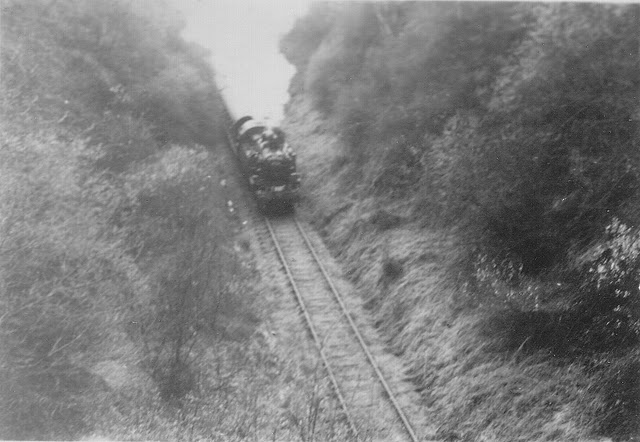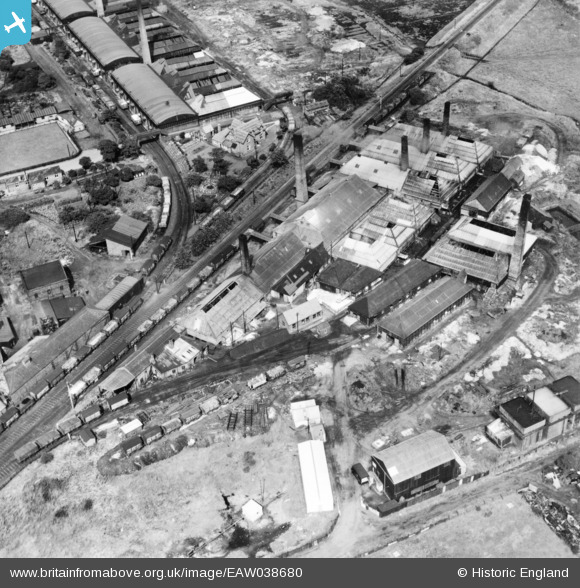It was hydraulic mining. You bored a hole, pumped water down it and it came up another hole as brine. You had little control over where the dissolved salt actually came from and no mean of shoring up any cavities created as it was washed away. Thus, subsidence occurred randomly, one of the worst affected areas was around the south end of Oxford Gardens, Corporation Street, Sandyford Street (particularly) and Crooked Bridge Road.
There were other salts works locally, not just at the Common - Baswich was fed from the Common, but there were works at Weston and Shirleywich, too - subsidence was less of an issue in rural areas.
Anyway, I don't think you're blonde.


